Can I Feed Box Elder Bugs to My Salamander
Even if you don't know them by name, you know them by sight! Boxelder bugs seem to be everywhere in the spring and fall. These small, smelly pests are particularly troublesome to homeowners because they congregate in large groups around houses.
Most folks don't know much about boxelder bugs. But knowledge is power, and learning more about these pests can help you keep them away! So, what is a boxelder bug and what do they eat? Are they dangerous? Keep reading to learn more about boxelder bugs:
Where Do Boxelder Bugs Come From?
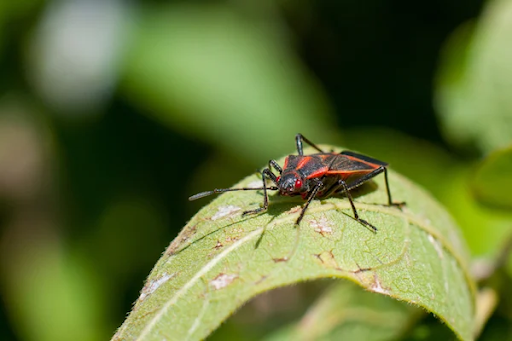
Boxelders are native to the western United States, but it isn't uncommon to spot them in the eastern U.S. and some parts of Canada, too. Boxelder bugs reside in any area where boxelder trees are present.
They feed almost exclusively on seeds from the acer tree species including those of the maple, ash, and, of course, boxelder trees.
Why Do Boxelder Bugs Show Up in Spring?
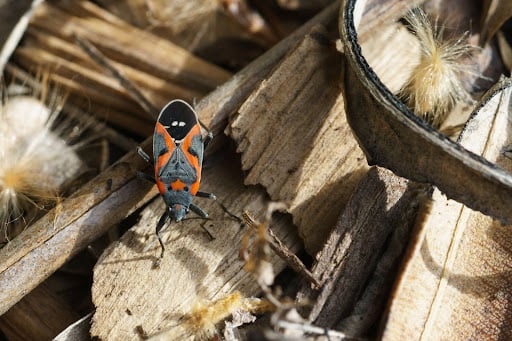
During the winter, boxelder bugs look for shelter and hibernate until the weather warms up. Adult boxelders come out of their winter shelters seeking fallen seeds and low vegetation to feed on. Post-hibernation hunger tends to make these bugs desperate, which is why you can see them everywhere in the spring.
After several weeks of feeding, boxelders seek mates. By mid-July, boxelders complete the mating season and find boxelder trees. Boxelders lay their eggs on the trunks, branches, and leaves of female boxelder trees. As boxelder trees bloom, they deposit their seeds, supplying boxelder nymphs with a steady supply of food.
Are Boxelder Bugs Poisonous?
No. Boxelder bugs are not poisonous and do not harm people, plants, or structures. However, if you have a particularly severe infestation, boxelders may stain surfaces with their droppings. Threatened or dead boxelders produce a foul smell, which is unpleasant but not poisonous or harmful.
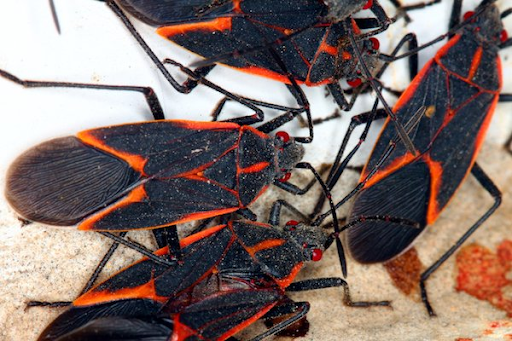
Why Do Boxelder Bugs Swarm Around My House in the Fall?

So, what is it that attracts boxelder bugs? Once boxelder bug mating season is over, the matured and well-fed nymphs seek out warm shelter as the temperature drops. When they find a spot that's warm and safe, boxelders enter a state of hibernation-like dormancy until early April.
In the months before winter, boxelders are attracted to homes where they can stay as warm as possible for as long as possible. Naturally, they are drawn toward homes with western and southern exposure. They also tend to congregate on windows. Light paint reflects the sun more than darker paint, so these bugs are often more attracted to light homes.
What Do Boxelder Bugs Want?
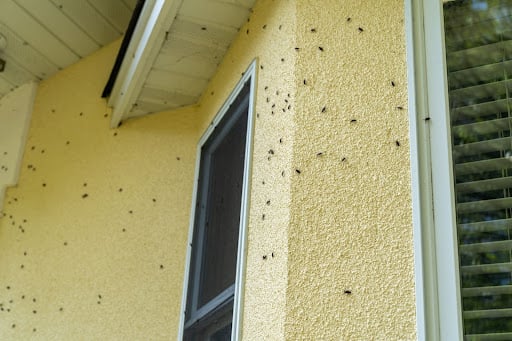
Boxelder bugs want warmth and shelter. If you feel like boxelder bugs are targeting your home, here's a list of enticing attributes you may have:
- Eastern or Western sun exposure
- Light colored house paint
- Windows low to the ground
- Old window stripping prone to cracking
- Cracks around your windows and door frames
- Maple, ash, and/or boxelder trees in your yard
How Can I Get Rid of Boxelder Bugs That Are Already Here?
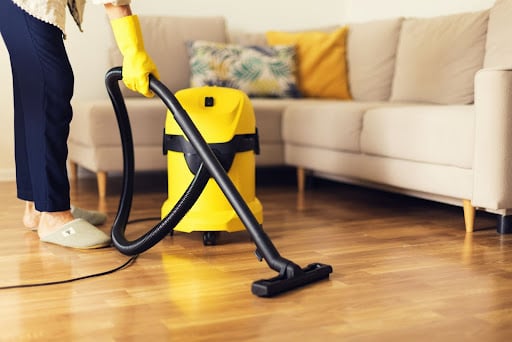
This advice may sound counterintuitive, but: don't kill them. Crushing the bugs won't help, it will just produce an unpleasant orange liquid. This liquid smells bad, can stain fabrics and may attract other bugs. Instead, consider vacuuming up the boxelders into a dedicated vacuum bag. Throw out the bag into your outdoor dumpster.
After you've vacuumed up the bugs, thoroughly wash down the area where they were congregating. Use soapy water or even a little ammonia. The smell of the cleaning supplies is unappealing to boxelders (and stink bugs) and may help keep them away. It also helps remove the pheromone that the bugs secrete to tell others to congregate.
How Can I Keep Boxelder Bugs Away From My Home?
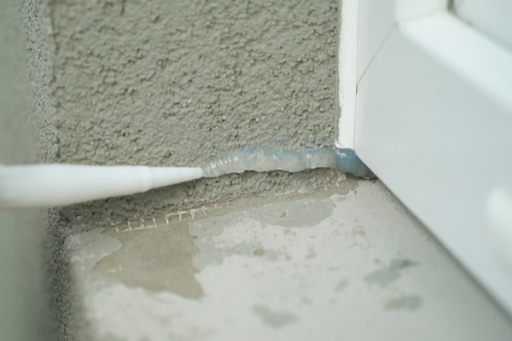
Keep boxelder bugs from creeping inside your home by examining where they congregate. They'll likely be around windows, door frames, siding, utility lines, or ventilation systems. Check those areas for any gaps or crevices.
To prevent them from entering your house, it's important to seal any and all entry points—make sure you look for these openings inside and outside your home. If a crack is large enough to notice, it's large enough for a boxelder to use. Seal them up with caulk as thoroughly as possible. Consider replacing worn weatherstripping or old windows. Don't forget to look for gaps in your flooring as well!
Solve Your Boxelder Bug Problem With Plunkett's!
Although following the advice above is helpful, the best way to get and keep boxelders out of your home is with expert pest control. At Plunkett's, we can take care of boxelders with integrated pest management and make sure they won't invade your space. If you've got a boxelder bug problem, contact Plunkett's.
Source: https://plunketts.net/blog/box-elder-bugs-come-from
0 Response to "Can I Feed Box Elder Bugs to My Salamander"
Post a Comment